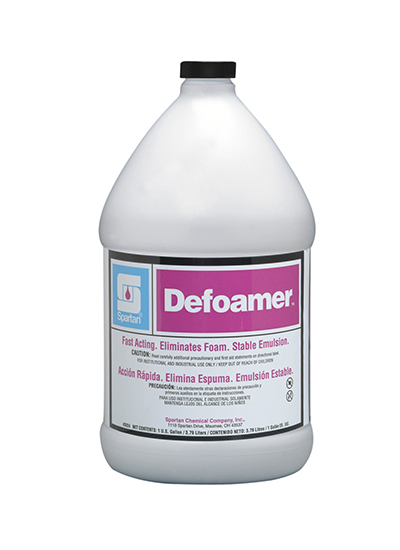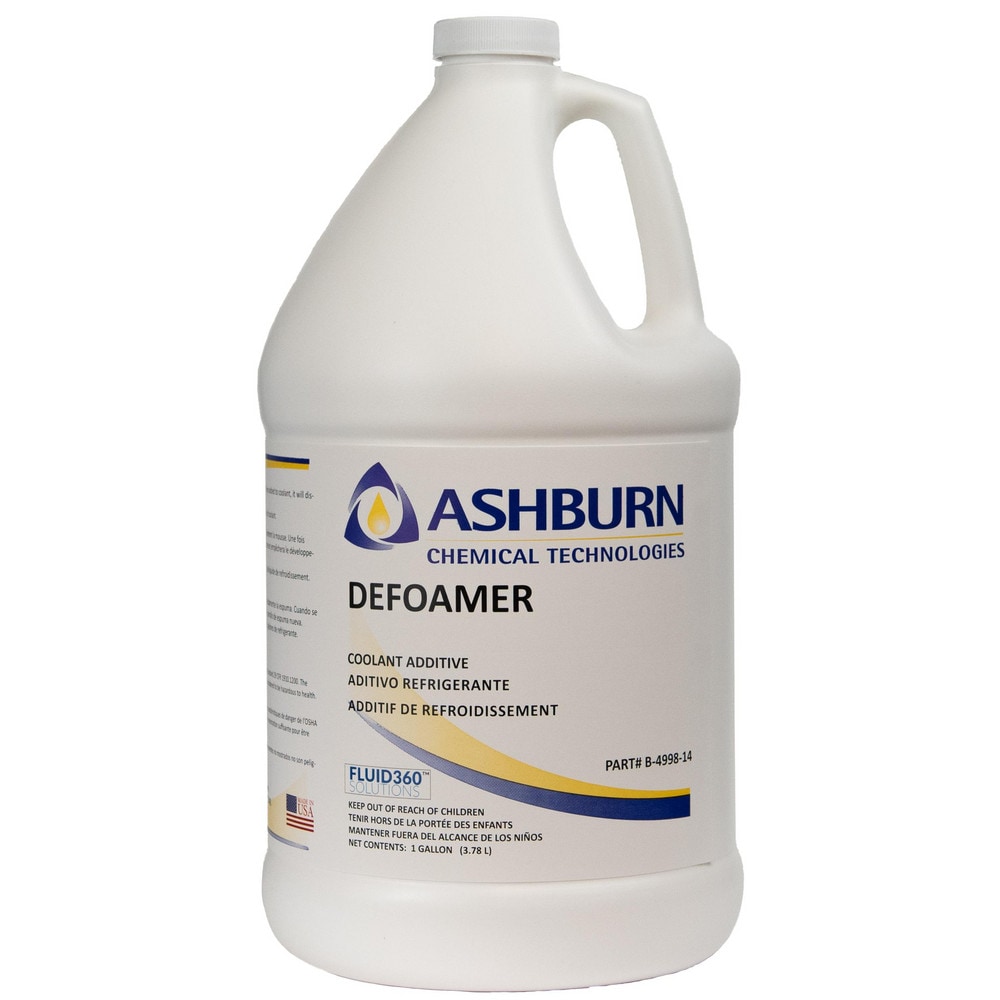A Detailed Guide to Picking the Most Effective Chemical Defoamer for Your Needs
A Detailed Guide to Picking the Most Effective Chemical Defoamer for Your Needs
Blog Article
Exactly How a Chemical Defoamer Can Boost Performance in Your Workflow and Processes
In today's competitive commercial landscape, operational effectiveness is paramount, and the role of a chemical defoamer can not be ignored. By attending to foam-related difficulties that interrupt procedures, defoamers not just facilitate smoother procedures but additionally add to cost savings and improved item quality.
Recognizing Chemical Defoamers
Chemical defoamers play a vital function in numerous commercial processes by effectively lowering and stopping foam development. Lathering can lead to operational inefficiencies, enhanced production prices, and endangered product top quality. Defoamers are specialized chemical additives designed to interfere with the security of foam bubbles, thereby enabling smoother processing and improved performance throughout a number of sectors, consisting of food and drink, drugs, and wastewater treatment.

These agents normally consist of surfactants, oils, or polymeric substances that reduced the surface area tension of the fluid, assisting in the collapse of foam. The mechanism whereby defoamers run usually includes the destabilization of foam structures, permitting for quicker drainage of fluid and the release of entraped air. Different formulations are tailored to specific applications, taking into consideration elements such as compatibility with the system, temperature level, and the nature of the fluid being treated.
Understanding the composition and capability of chemical defoamers is essential for selecting the proper product for a given application. By optimizing defoamer option based on process requirements, markets can enhance operational performance, reduce foam-related challenges, and inevitably enhance general performance.
Advantages of Using Defoamers
Using defoamers can significantly enhance functional effectiveness across various markets by successfully minimizing foam-related concerns. The existence of foam can interfere with procedures, leading to raised downtime, minimized performance, and prospective top quality destruction in final product. Defoamers help deal with these obstacles by damaging down foam frameworks, consequently permitting for smoother procedures.
Among the key advantages of utilizing defoamers is the reduction of waste and remodel. By reducing foam formation, defoamers boost the uniformity of processes, making certain that materials are utilized successfully. This not just reduces operational costs yet likewise adds to sustainability campaigns by reducing resource usage.
In addition, defoamers can improve product high quality. In manufacturing setups, extreme foam can lead to disparities in product attributes, affecting consumer contentment. By controlling foam degrees, defoamers aid maintain the wanted physical homes of products.

Applications in Various Industries
The efficiency of defoamers extends across a vast range of sectors, where their application addresses details foam-related difficulties intrinsic to each sector. In the food and beverage industry, defoamers are vital for optimizing production procedures, such as developing and dairy products processing, where too much foam can hinder circulation rates and minimize effectiveness. By reducing foam, these agents enhance item quality and uniformity.
In the chemical manufacturing sector, defoamers are utilized in procedures like paint manufacturing and wastewater treatment. Below, they stop foam development that can hinder blending and separate stages, thus improving the overall performance and performance of procedures.
In pharmaceuticals, defoamers play an important function in the solution of fluid medicines, making sure proper dosage and security by managing foam during mixing and storage space. (Chemical Defoamer)
Additionally, in the farming market, defoamers are utilized you can try this out in chemical formulas to improve application efficiency and lessen waste.
Selecting the Right Defoamer
Choosing the proper defoamer is vital for attaining optimal efficiency in numerous applications. The choice process must start with a comprehensive understanding of the certain problems available, consisting of the type of foam present, the processing problems, and the chemical compatibility with various other formula parts.
Defoamers are formulated from a selection of materials, consisting of silicone, mineral oils, and fatty acids. Identifying the best composition is important, as various products display varying effectiveness in varied environments. Silicone-based defoamers are frequently preferred in high-temperature applications due to their stability, while organic defoamers might be more ideal for water-based systems.
Additionally, take into consideration the defoamer's influence on the end product. Some formulas can alter the aesthetic or practical residential or commercial properties, making it vital to select a defoamer that satisfies item requirements without jeopardizing high quality.
Checking is an additional vital action in choosing a defoamer. Small trials can supply important understandings into the defoamer's efficiency, enabling for modifications prior to full-scale application. By carefully assessing these factors, companies can enhance efficiency and guarantee that the defoamer effectively satisfies their functional requirements.
Ideal Practices for Implementation
Applying a defoamer effectively requires cautious preparation and adherence to ideal methods to optimize its effectiveness. First, perform an extensive analysis of the specific application and foam attributes. Understanding the kind and resource of foam will direct the choice of one of the most suitable defoamer solution.
Next, develop the news optimum dose (Chemical Defoamer). Start with a small-scale test to identify the minimum efficient focus, as extreme usage can lead to unfavorable impacts on product high quality or functional efficiency
Tracking and changing the application technique is crucial; make sure that the defoamer is introduced at the ideal point at the same time for maximum influence, such as throughout blending or promptly after foam development.

Furthermore, keep clear communication with all relevant workers to make sure regular application techniques and to share insights on performance end results.
Verdict
In final thought, the utilization of chemical defoamers plays a critical duty in improving operational effectiveness across varied markets. By properly destabilizing foam, these agents assist in quicker drainage and air release, consequently lessening disturbances and lowering costs. The critical application of defoamers not only enhances throughput but also makes sure constant item high quality and resource optimization. Ultimately, the consolidation of defoamers right into commercial procedures fosters integrity and contributes to overall efficiency improvement.

In the food and beverage market, defoamers are vital for maximizing manufacturing procedures, such as developing and dairy processing, where extreme foam can hinder circulation prices and decrease effectiveness. Silicone-based defoamers are usually favored in high-temperature applications due to their security, while natural defoamers may be much more appropriate for water-based systems.
Report this page